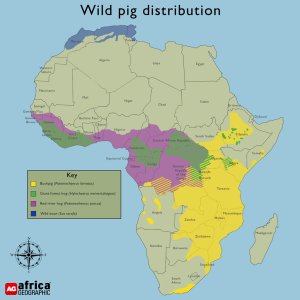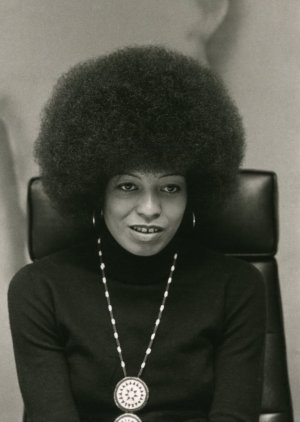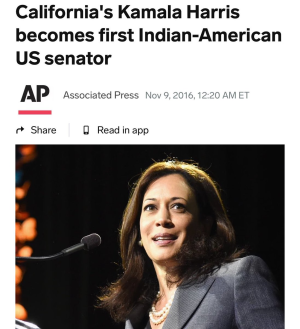Land-based economic development in agricultural settlements was promoted at various times after the turn of the century in Yolo, San Bernardino, Tulare, and Fresno counties. The Yolo County settlement in 1900 was perhaps the first group attempt to build an agricultural base on homesteaded land. Settlement by Blacks could not have occurred earlier, since California's homestead laws had previously required a homesteader to be a White citizen.
In California, like other regions, Black homesteaders had to settle for the least desirable land. The land Black families successfully homesteaded overlooking the town of Guinda in Yolo County had earlier been given over to bandits. High above the valley, at a considerable distance from the county seat and transportation points, the area was remote and relatively inaccessible.
For years, maps showed the settlement as ****** Hill, the pejorative place name used by locals. The nomenclature reflected local racial conditions. Despite social and environmental adversities, Black ranchers moved in from Northern California and the Bay Area, and raised cattle and experimented with orchards and other agricultural products. On what was once the main road leading to the summit stands a sandstone boulder, "Owl Rock," on which residents over the years have etched their names. Owl Rock represents the last physical evidence of the early settlement.
At least two different efforts at colonization occurred in San Bernardino County between 1900 and 1910. The Forum, a Los Angeles civic club organized in 1903, solicited families to homestead government land in the Sidewinder Valley, desert land near Victorville. The first homesteader took up 640 acres at a site where ground water could be easily lifted, but water, although critical to subsequent development, was never available in ample supply. Little is known about the actual number of families who relocated to Sidewinder Valley during the Forum's promotional effort. However, in a newspaper account in 1914, the Forum reported that more than 20,000 acres had been homesteaded by Blacks. Lucerne, an adjacent town situated in the arid Sidewinder Valley, has been singled out by pioneers in Sidewinder Valley as an originally Black settlement.
Another highly publicized colonization effort in San Bernardino County occurred in 1904. [
14] The African Society, a group based in the town of San Bernardino and capitalized at $10,000, according to the
San Francisco Chronicle, had been created to colonize the Southern California area.
The Tulare County agricultural settlement was the town of AlIensworth. Established in 1908 by a group of promoters, Allensworth was more than an agricultural settlement. It was designed to be a self-governed Black town. The promoters attracted more than 200 settlers to the town in the first few years. For nearly a decade, Allensworth's pioneers struggled to create a viable town in the arid San Joaquin Valley. Artesian water, initially abundant, soon stopped flowing at the volume required to meet domestic and agricultural demand. Although various plans were implemented to acquire adequate water, this town, like other agricultural settlements, be came another dream deferred.







































